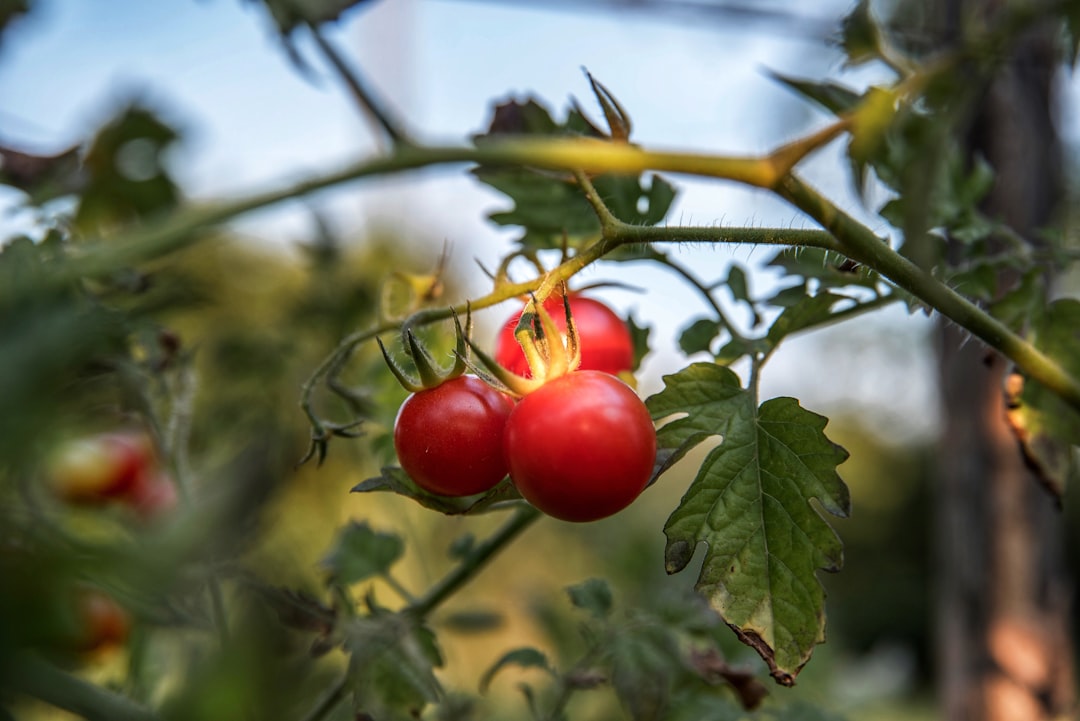What is it about?
The present study evaluated the use of ML techniques using breast height and total plant height to classify the growth of five species of eucalyptus and Corymbria citriodora in an unsupervised learning, and the obtained classes for induce ML algorithms to recognize the species with relation to their growth using vegetation indices (VIs) and spectral bands (SBs). It were evaluated five eucalyptus species (E. camaldulensis, E. uroplylla, E. saligna, E. grandis e E. urograndis) and C. citriodora in experimental design of randomized blocks with four replicates, with 20 plants inside each experimental plot. The diameter at breast height and total plant height at stand level were obtained by measuring five trees in each experimental unit in seven measurements. During this same period, a flight was carried out using a remotely piloted aircraft for the acquisition of spectral variables (SBs and VIs). For recognition of eucalyptus species in relation to their growth two machine learning approaches were employed: supervised and unsupervised.
Featured Image

Photo by David Vig on Unsplash
Why is it important?
Growth and production models can help to simulate the growth of tree dimensions to predict forest productivity at different levels. In this context, the following questions arise: (i) is it possible to recognize the growth pattern of eucalyptus species based on spectral features using machine learning (ML) for data modeling? (ii) what spectral features provides better accuracy? and (iii) what ML algorithms are most accurate for performing this modeling?
Perspectives
The average accuracy obtained from 10-fold cross-validation, employing Random Forest algorithm and 24 features, was 0.76. This result shows that the proposed approach is appropriate to recognize different eucalyptus species based on their growth.
Bruno Rodrigues de Oliveira
Pantanal Editora
Read the Original
This page is a summary of: Eucalyptus growth recognition using machine learning methods and spectral variables, Forest Ecology and Management, October 2021, Elsevier,
DOI: 10.1016/j.foreco.2021.119496.
You can read the full text:
Contributors
The following have contributed to this page










